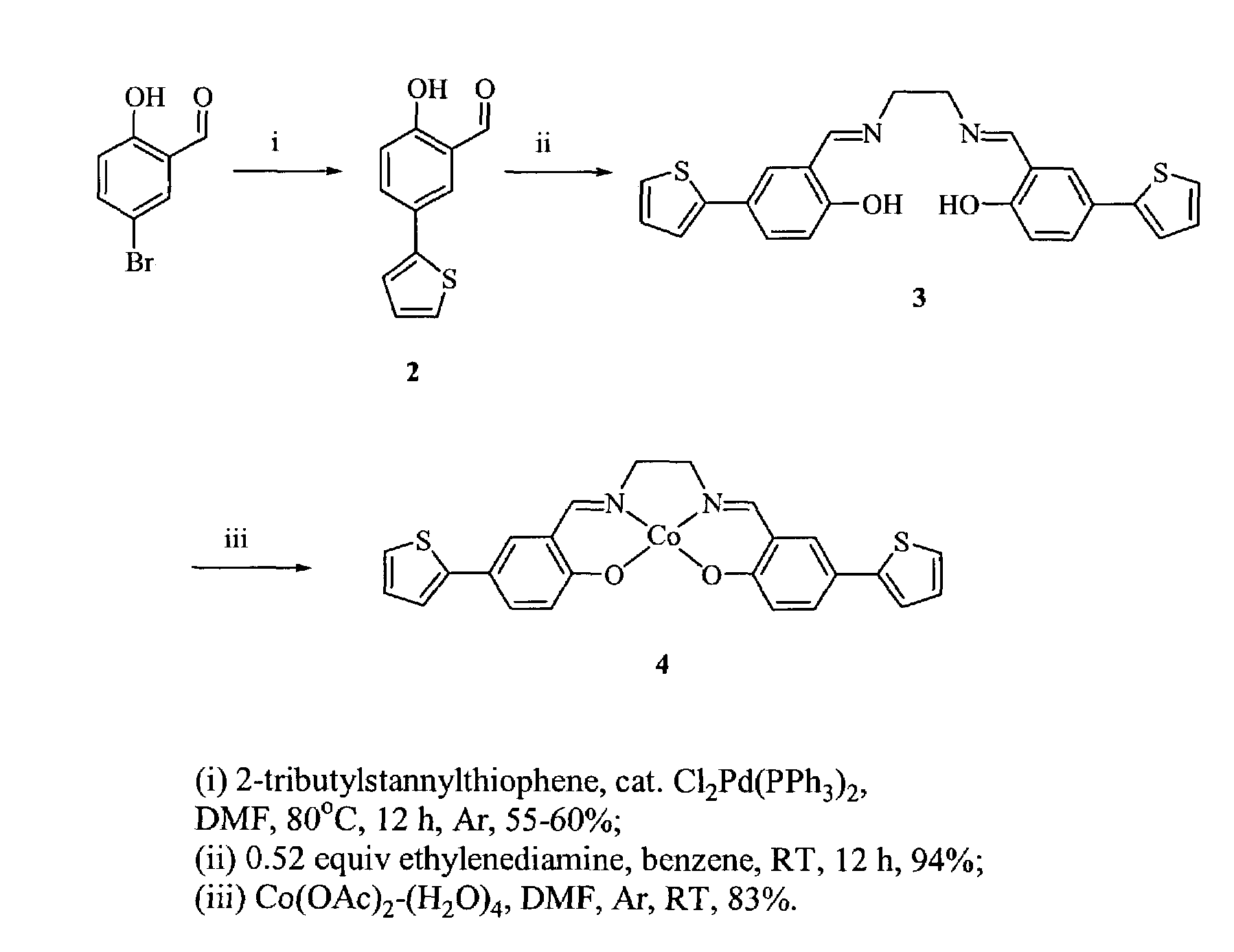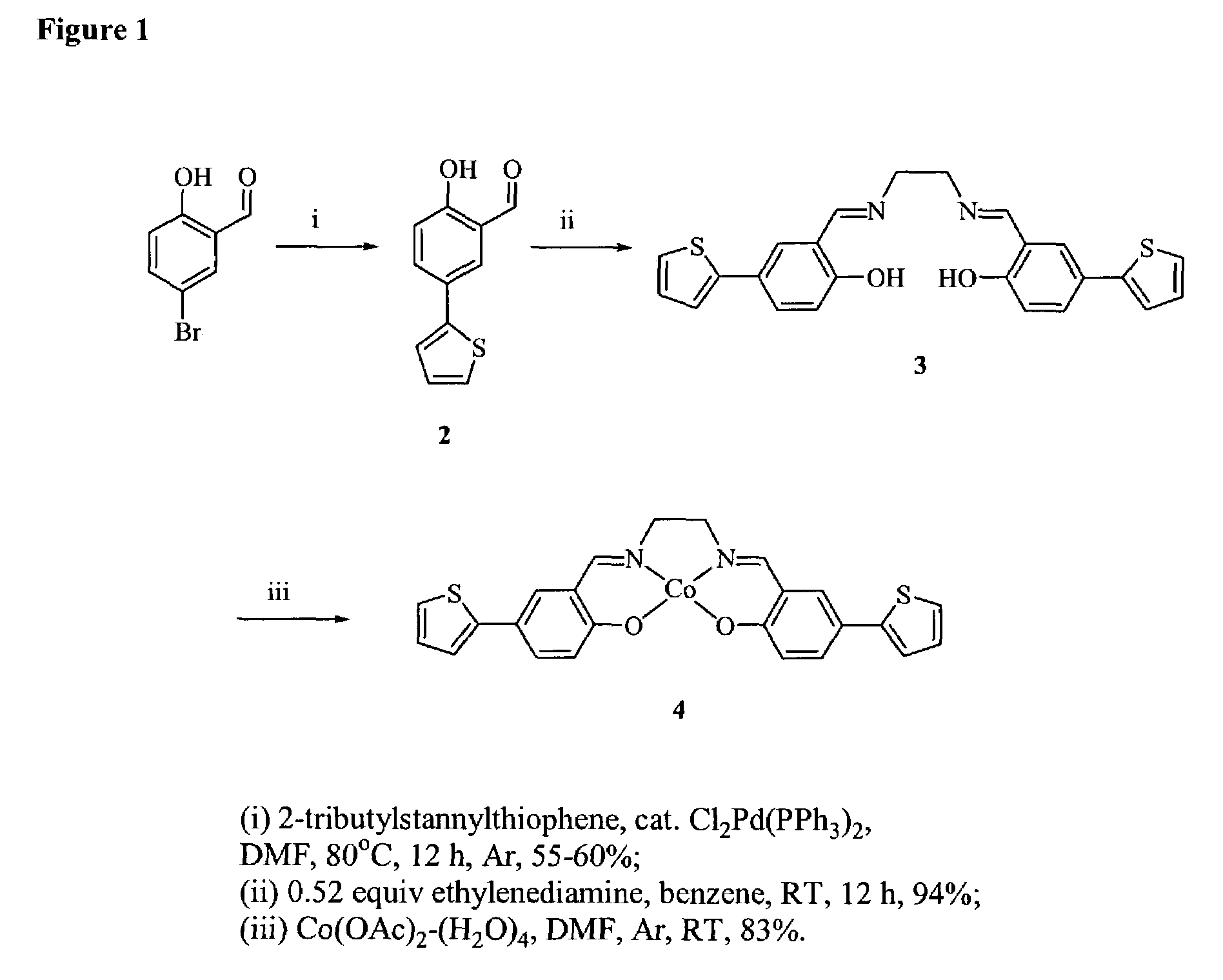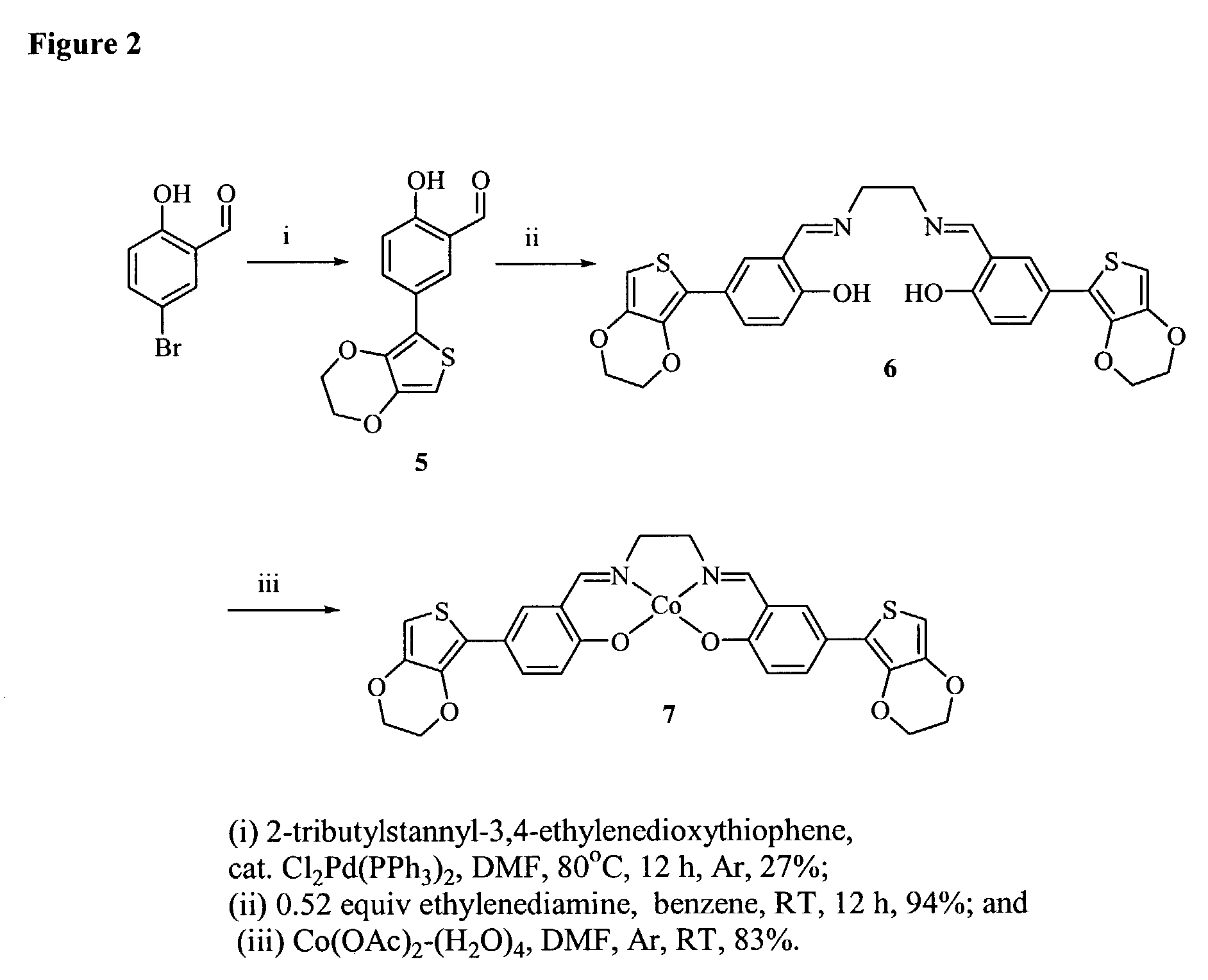Reversible resistivity-based sensors
a resistivity-based sensor and resistivity-based technology, applied in the direction of instruments, material electrochemical variables, phase/state change investigation, etc., can solve the problems of limited utility of sensors, unstable nitric oxide, and unsatisfactory methods for following rapid processes
- Summary
- Abstract
- Description
- Claims
- Application Information
AI Technical Summary
Benefits of technology
Problems solved by technology
Method used
Image
Examples
Embodiment Construction
[0017]The invention will now be described more fully with reference to the accompanying examples, in which certain preferred embodiments of the invention are shown. This invention may, however, be embodied in many different forms and should not be construed as limited to the embodiments set forth herein; rather, these embodiments are provided so that this disclosure will be thorough and complete, and will fully convey the scope of the invention to those skilled in the art.
Overview
[0018]The present invention relates generally to the detection of an analyte by measuring the resistance of a sensor comprising a metal ion and a conducting polymer. The analyte is detected when binding of the analyte to the sensor causes a change in the resistivity of the sensor. In the present invention, a sensor for nitric oxide has been developed in response to the interest in determining NO levels in biological systems. The NO sensor of the present invention is constructed of a cobalt-containing salen ...
PUM
| Property | Measurement | Unit |
|---|---|---|
| conductivity | aaaaa | aaaaa |
| conductivity | aaaaa | aaaaa |
| conductivity | aaaaa | aaaaa |
Abstract
Description
Claims
Application Information
 Login to View More
Login to View More - R&D
- Intellectual Property
- Life Sciences
- Materials
- Tech Scout
- Unparalleled Data Quality
- Higher Quality Content
- 60% Fewer Hallucinations
Browse by: Latest US Patents, China's latest patents, Technical Efficacy Thesaurus, Application Domain, Technology Topic, Popular Technical Reports.
© 2025 PatSnap. All rights reserved.Legal|Privacy policy|Modern Slavery Act Transparency Statement|Sitemap|About US| Contact US: help@patsnap.com



